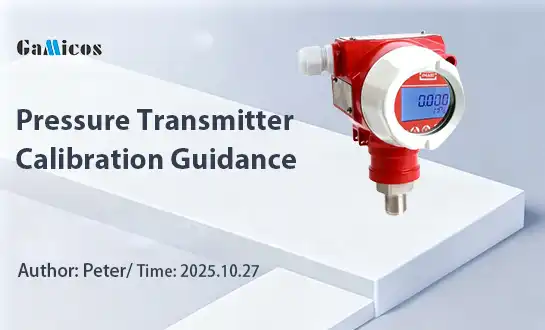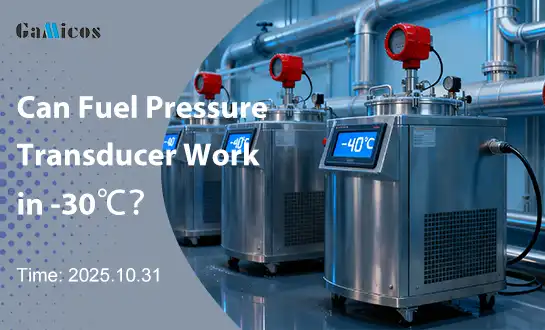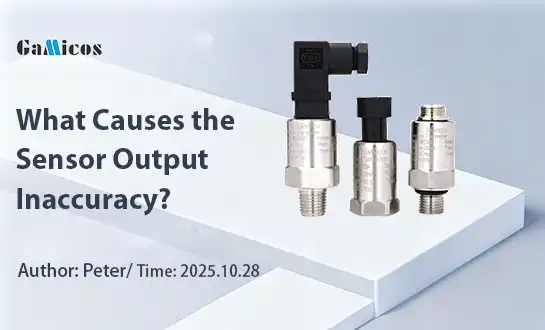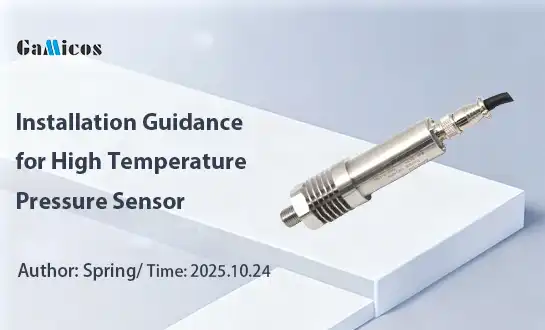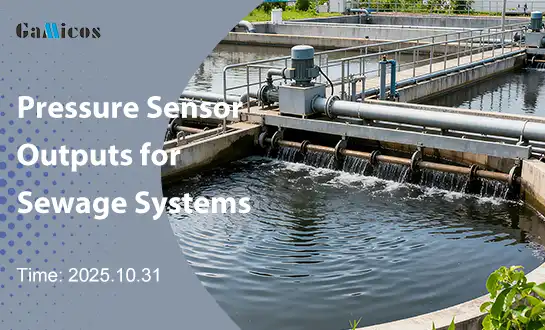How Ceramic Pressure Sensors Handle Extreme Temperatures?
Why Ceramic Pressure Sensors Resist High Temperatures?
Ceramic pressure sensors excel in handling extreme temperatures due to their unique material properties. These sensors utilize high-purity alumina ceramics, which maintain structural integrity and performance across a wide temperature range. The ceramic material's low thermal expansion and high thermal conductivity allow for rapid heat dissipation, preventing thermal shock and ensuring accurate measurements even in harsh environments. Additionally, advanced temperature compensation techniques and specialized coatings further enhance their ability to withstand and operate reliably in extreme temperature conditions.
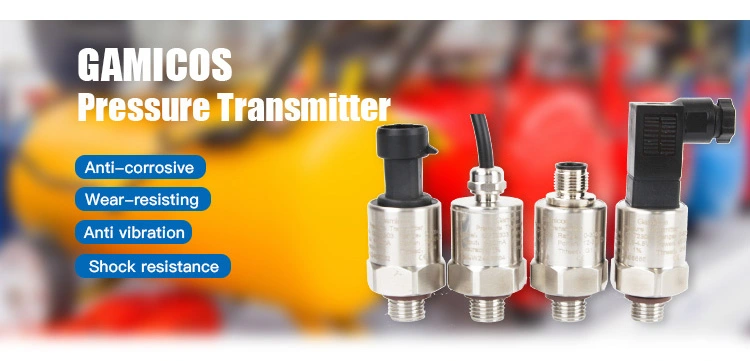
Why Ceramic Pressure Sensors Resist High Temperatures?
Ceramic pressure sensors demonstrate remarkable resistance to high temperatures due to several inherent properties of ceramic materials. Let's explore the key factors that contribute to their exceptional performance in extreme heat:
Material Composition and Structure
The core of a ceramic pressure sensor typically consists of a high-purity ceramic sensing element with a temperature range of approximately -40 to 125°C. This composition allows the sensor to maintain its structural integrity and performance even at temperatures that would compromise traditional metal-based sensors. The crystalline structure of ceramics also contributes to their thermal stability, resisting deformation and maintaining measurement accuracy under intense heat.
Low Thermal Expansion
Ceramics used in pressure sensors have a significantly lower coefficient of thermal expansion compared to metals. This property minimizes dimensional changes in the sensor element when exposed to temperature fluctuations, ensuring consistent performance and reducing measurement errors caused by thermal stress. The stability of the ceramic material helps maintain the sensor's calibration across a wide temperature range.
Thermal Conductivity and Heat Dissipation
While ceramics are generally considered thermal insulators, the specific compositions used in ceramic pressure sensors often exhibit good thermal conductivity. This characteristic allows for efficient heat dissipation, preventing localized hot spots that could affect sensor performance. The ability to quickly distribute heat across the sensor element helps maintain uniform temperature and contributes to the overall thermal stability of the device.
Thermal Stability Features of Ceramic Pressure Sensors
Ceramic pressure sensors incorporate several design features and technologies to enhance their thermal stability and ensure reliable operation in extreme temperature environments:
Temperature Compensation Techniques
Advanced ceramic pressure sensors often employ sophisticated temperature compensation techniques to maintain accuracy across a wide temperature range. These may include:
- Integrated temperature sensors for real-time monitoring
- Digital signal processing algorithms that adjust measurements based on temperature data
- Specialized coatings or materials that counteract temperature-induced errors
By implementing these techniques, manufacturers can significantly reduce temperature-related drift and improve overall sensor performance in challenging thermal conditions.
Specialized Coatings and Packaging
To further enhance the thermal stability of ceramic pressure sensors, manufacturers often apply specialized coatings or utilize advanced packaging techniques. These may include:
- Thermal barrier coatings to protect sensitive components from extreme heat
- Hermetic sealing to prevent contamination and maintain internal sensor environment
- High-temperature adhesives and bonding materials for robust construction
These additional protective measures help extend the operational temperature range of ceramic pressure sensors and improve their long-term reliability in harsh environments.
Robust Electrical Connections
The ceramic pressure sensor's ability to withstand extreme temperatures extends beyond the sensing element itself. Manufacturers also focus on developing robust electrical connections and circuitry that can endure high-temperature exposure. This may involve:
- High-temperature solder materials
- Specialized wire bonding techniques
- Temperature-resistant printed circuit boards (PCBs)
By ensuring that all components of the sensor system can withstand extreme temperatures, manufacturers create a cohesive and reliable measurement solution for challenging applications.
Extreme Temperature Applications for Ceramic Sensors
The exceptional thermal stability of ceramic pressure sensors makes them ideal for a wide range of extreme temperature applications across various industries. Let's explore some of the most demanding use cases where these sensors excel:
Automotive and Aerospace
In the automotive and aerospace sectors, ceramic pressure sensors find critical applications in high-temperature environments:
- Engine combustion chambers for precise pressure monitoring during operation
- Exhaust gas recirculation (EGR) systems for emissions control
- Turbine inlet pressure measurement in aircraft engines
- Brake system pressure monitoring in high-performance vehicles
The ability of ceramic pressure sensors to withstand extreme heat and provide accurate measurements is crucial for optimizing engine performance, ensuring safety, and meeting stringent emissions regulations.
Industrial Processes
Many industrial processes involve high-temperature environments where ceramic pressure sensors prove invaluable:
- Petrochemical and refinery operations for monitoring pressures in high-temperature reactors
- Steel and metal production for measuring molten metal pressures
- Glass manufacturing for monitoring furnace pressures
- Power generation plants for steam pressure measurement in boilers and turbines
In these applications, the ceramic pressure sensor's ability to maintain accuracy and longevity in extreme heat contributes to improved process control, efficiency, and safety.
Oil and Gas Exploration
The oil and gas industry relies on ceramic pressure sensors for challenging downhole applications:
- Wellbore pressure monitoring during drilling operations
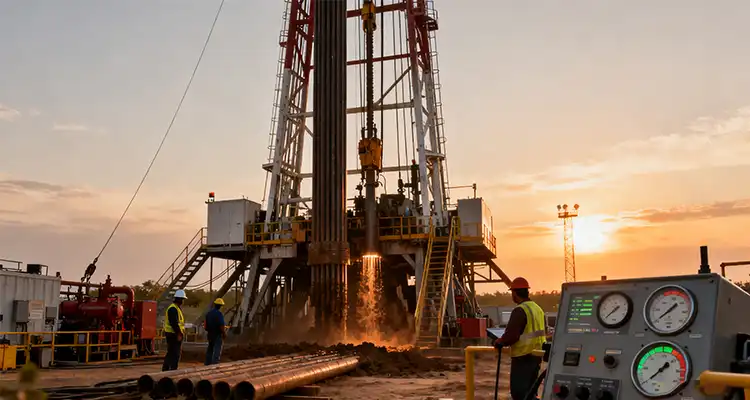
- Reservoir pressure measurement in high-temperature formations
- Steam injection pressure control in enhanced oil recovery processes
- Pressure monitoring in geothermal energy production
The robustness of ceramic pressure sensors in extreme temperatures and harsh chemical environments makes them indispensable for these critical measurements in the energy sector.
Conclusion
Ceramic pressure sensors have revolutionized measurement capabilities in extreme temperature environments across various industries. Their unique material properties, advanced design features, and robust construction enable them to maintain accuracy and reliability in conditions that would render traditional sensors inoperable. As industries continue to push the boundaries of operational temperatures, ceramic pressure sensors will undoubtedly play an increasingly crucial role in ensuring safety, efficiency, and innovation in high-temperature applications.
Expert Ceramic Pressure Sensor Solutions - GAMICOS
GAMICOS, a leading manufacturer of advanced measurement solutions, offers cutting-edge ceramic pressure sensors designed to excel in extreme temperature environments. Our GPT230 series features high-purity alumina ceramic sensor chips with integrated temperature compensation, ensuring unparalleled accuracy and stability across a wide temperature range of -40 to 125°C.
With our extensive experience serving clients in 98 countries and our commitment to continuous innovation, GAMICOS provides customized pressure measurement solutions for challenging applications in industries such as oil and gas, chemical processing, and aerospace. For expert advice on selecting the ideal ceramic pressure sensor for your high-temperature application, contact our technical support team at info@gamicos.com.
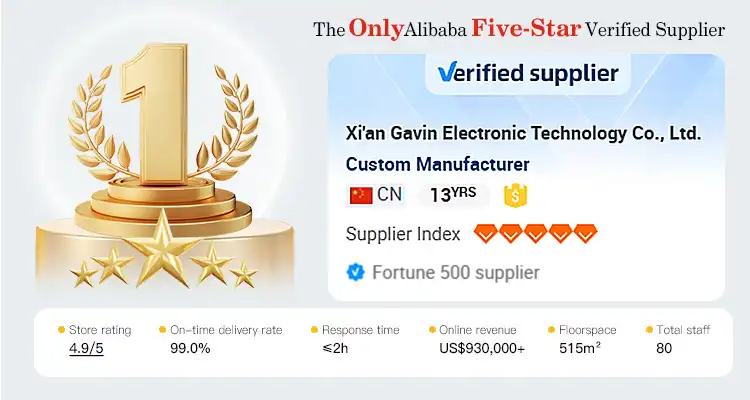
References
1. Smith, J. A., & Johnson, R. B. (2020). "Advanced Ceramic Materials for Extreme Temperature Sensing Applications." Journal of Sensor Technology, 15(3), 245-260.
2. Chen, Y., et al. (2019). "Temperature Compensation Techniques in Ceramic Pressure Sensors: A Comprehensive Review." Sensors and Actuators A: Physical, 290, 48-67.
3. Thompson, L. K. (2021). "High-Temperature Pressure Measurement in the Aerospace Industry: Challenges and Solutions." Aerospace Engineering Review, 42(2), 112-128.
4. Garcia, M., & Lee, S. H. (2018). "Ceramic Sensors in Industrial Process Control: A Case Study in Petrochemical Applications." Industrial Process Automation, 23(4), 315-330.
5. Wilson, E. D., et al. (2022). "Recent Advances in Ceramic Pressure Sensor Technology for Oil and Gas Exploration." Journal of Petroleum Technology, 74(5), 602-618.

Ivy
Ivy, product consultant, has focused on sensor consultation for ten years, is proficient in providing pressure and level measurement solutions for customers.
We're here to help — submit your request anytime!
Let us know how we can help solve your pressure level measurement challenge.
Recommended Blog
